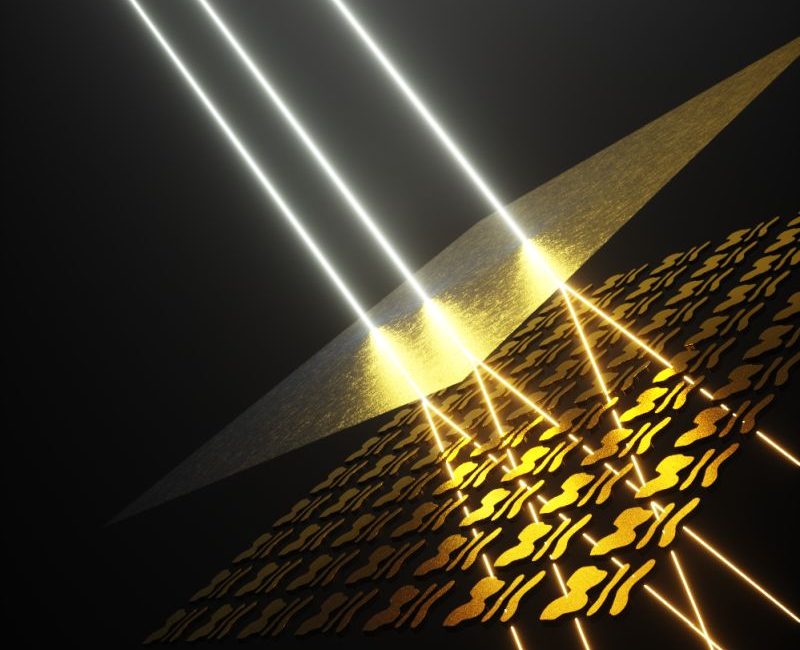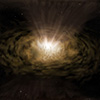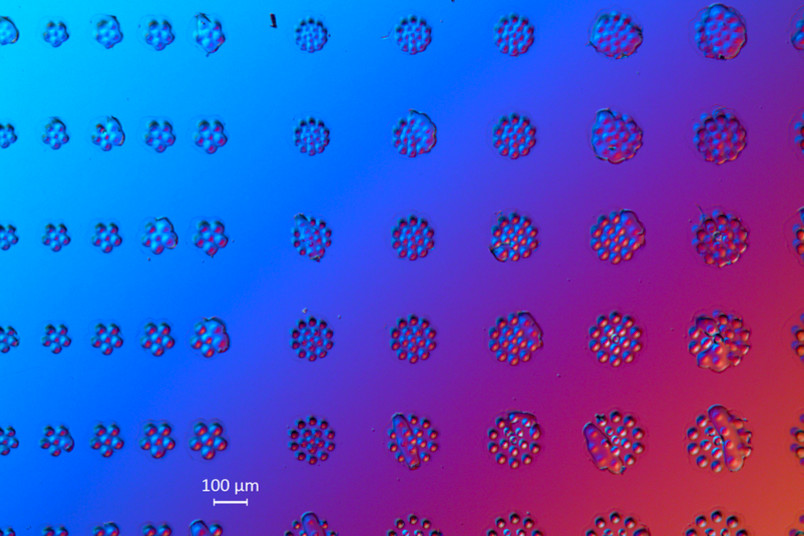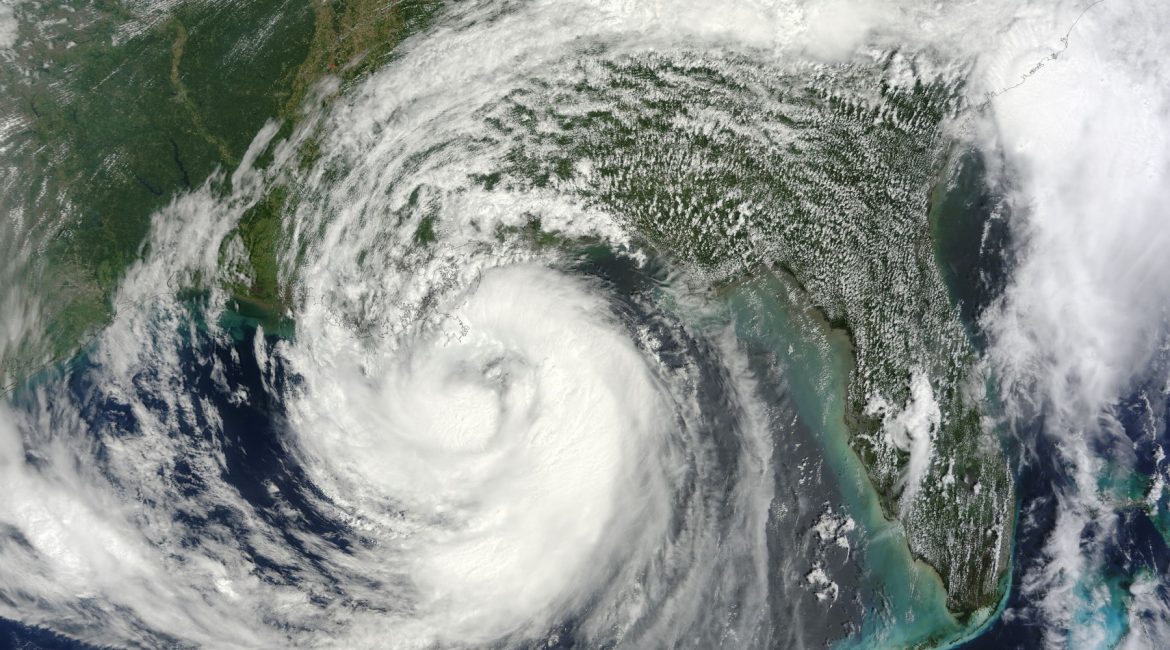Jan 16, 2023 (Nanowerk News) Could the new and wildly popular chatbot ChatGPT convincingly produce fake abstracts that fool scientists into thinking those studies are the real thing? That was the question worrying Northwestern Medicine physician-scientist Dr. Catherine Gao when she designed a study — collaborating with University of Chicago...
Mathematics at the speed of light
Jan 16, 2023 (Nanowerk News) Researchers at AMOLF, University of Pennsylvania, and City University of New York (CUNY) created a nanostructured surface capable of solving equations using light. This discovery opens exciting new opportunities in the field of analog processing based on optical metasurfaces. AMOLF PhD student Andrea Cordaro and...
Study finds active galactic nuclei are even more powerful than thought
Jan 16, 2023 (Nanowerk News) Powered by supermassive black holes swallowing matter in the centers of galaxies, active galactic nuclei are the most powerful compact steady sources of energy in the universe. The brightest active galactic nuclei have long been known to far outshine the combined light of the billions...
Tens of thousands of feasible catalysts on the diameter of a single hair
Jan 16, 2023 (Nanowerk News) When searching for catalysts for the energy transition, materials consisting of at least five elements are considered highly promising. But there are theoretically millions of them – how do we identify the most powerful one? A Bochum-based research team led by Professor Alfred Ludwig, head...
A (South) African perspective on nanomedicine development
Jan 15, 2023 (Nanowerk Spotlight) “Imagine a world where doctors had the ability to destroy cancerous cells before they develop into tumour.” Nanomedicine is expanding rapidly around the world, including South Africa. Nanomedicine it is the branch of medicine concerned with the use of nanotechnology to improve diagnosis, treatment, monitoring,...
Researchers measure size-luminosity relation of galaxies less than a billion years after Big Bang
Jan 13, 2023 (Nanowerk News) An international team of researchers including the Kavli Institute for the Physics and Mathematics of the Universe (Kavli IPMU) has studied the relation between galaxy size and luminosity of some of the earliest galaxies in the universe taken by the brand-new James Webb Space Telescope...
Using machine learning to help monitor climate-induced hazards
Jan 13, 2023 (Nanowerk News) Combining satellite technology with machine learning may allow scientists to better track and prepare for climate-induced natural hazards, according to research presented last month at the annual meeting of the American Geophysical Union. Over the last few decades, rising global temperatures have caused many natural...
Atoms of a glass jump similarly to cosmic particles
Jan 13, 2023 (Nanowerk News) For thousands of years, people around the world have experimented with different ways to make glasses with varying properties by heating them until they melt then cooling them again. A team led by scientists at the University of Padua in Italy have used DESY’s PETRA...
Researchers develop fluidic memristor with diverse neuromorphic functions
Jan 13, 2023 (Nanowerk News) Neuromorphic devices have attracted increasing attention because of their potential applications in neuromorphic computing, intelligence sensing, brain-machine interfaces and neuroprosthetics. However, most of the neuromorphic functions realized are based on the mimic of electric pulses with solid state devices. Mimicking the functions of chemical synapses, especially neurotransmitter-related...
Can floating solar islands meet the world’s future energy needs?
Jan 13, 2023 (Nanowerk News) Trygve Kristiansen is researching floating solar power, which are photovoltaics supported on the water. He believes that floating solar panels could play an important global role in the green shift. He is a professor of marine technology at the Norwegian University of Science and Technology...










